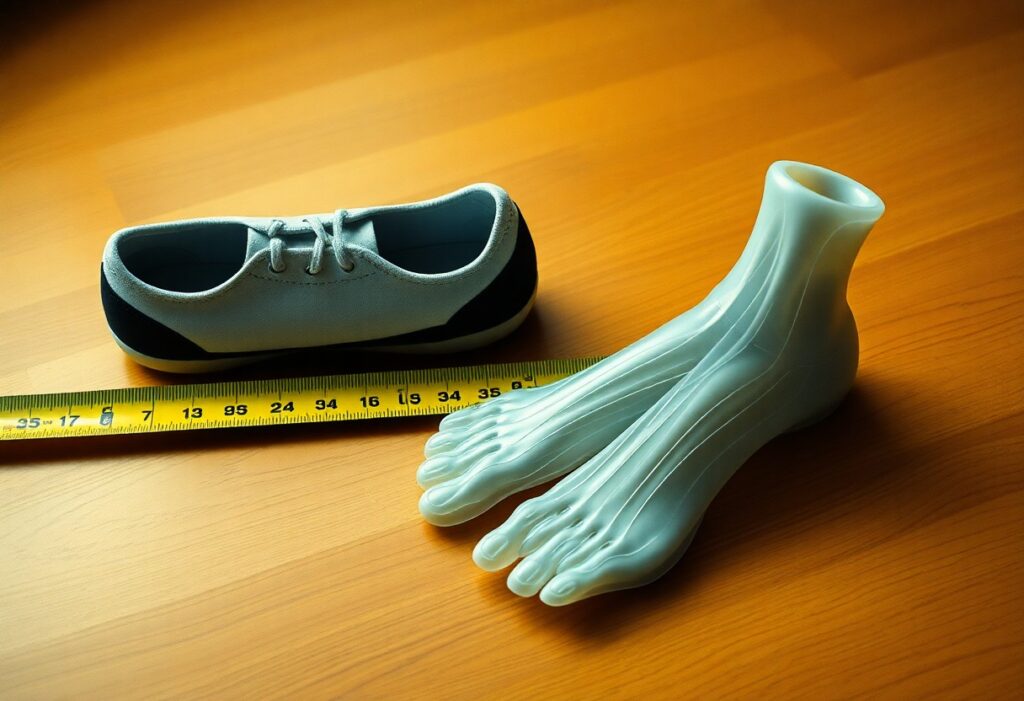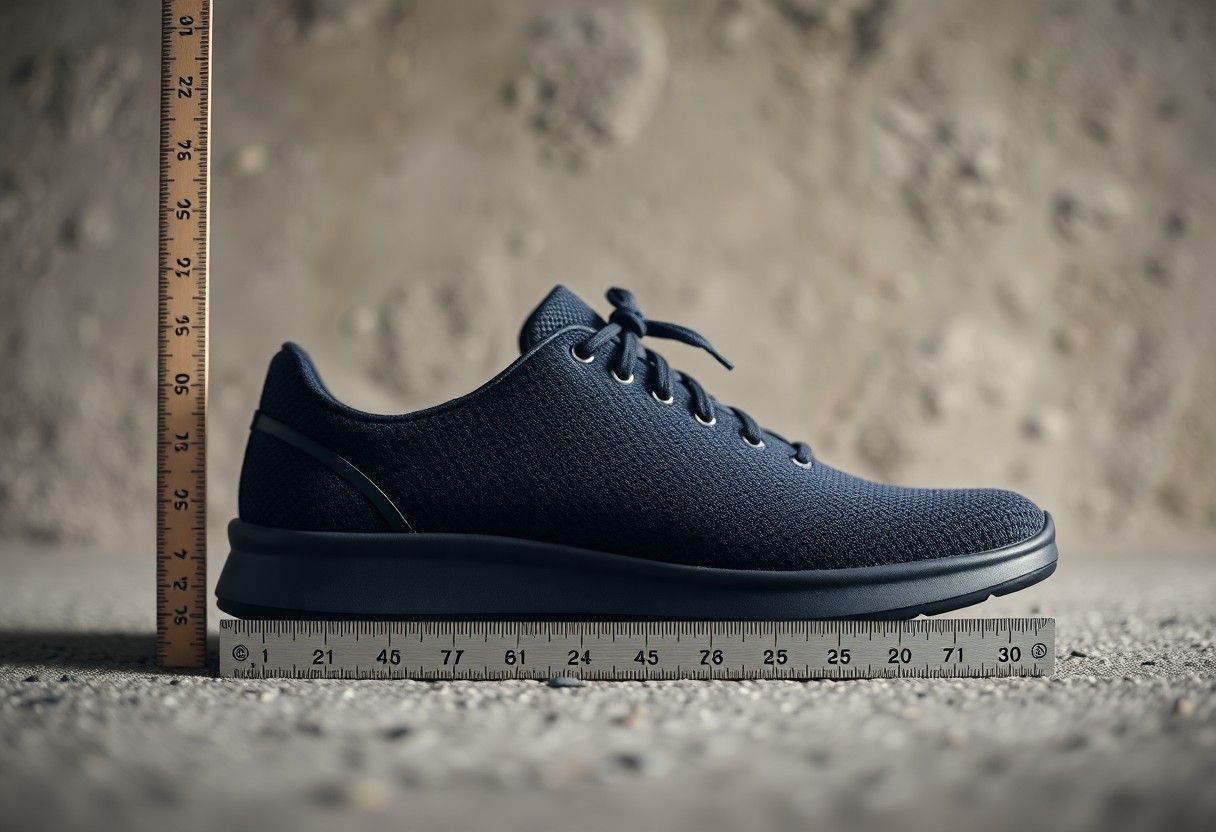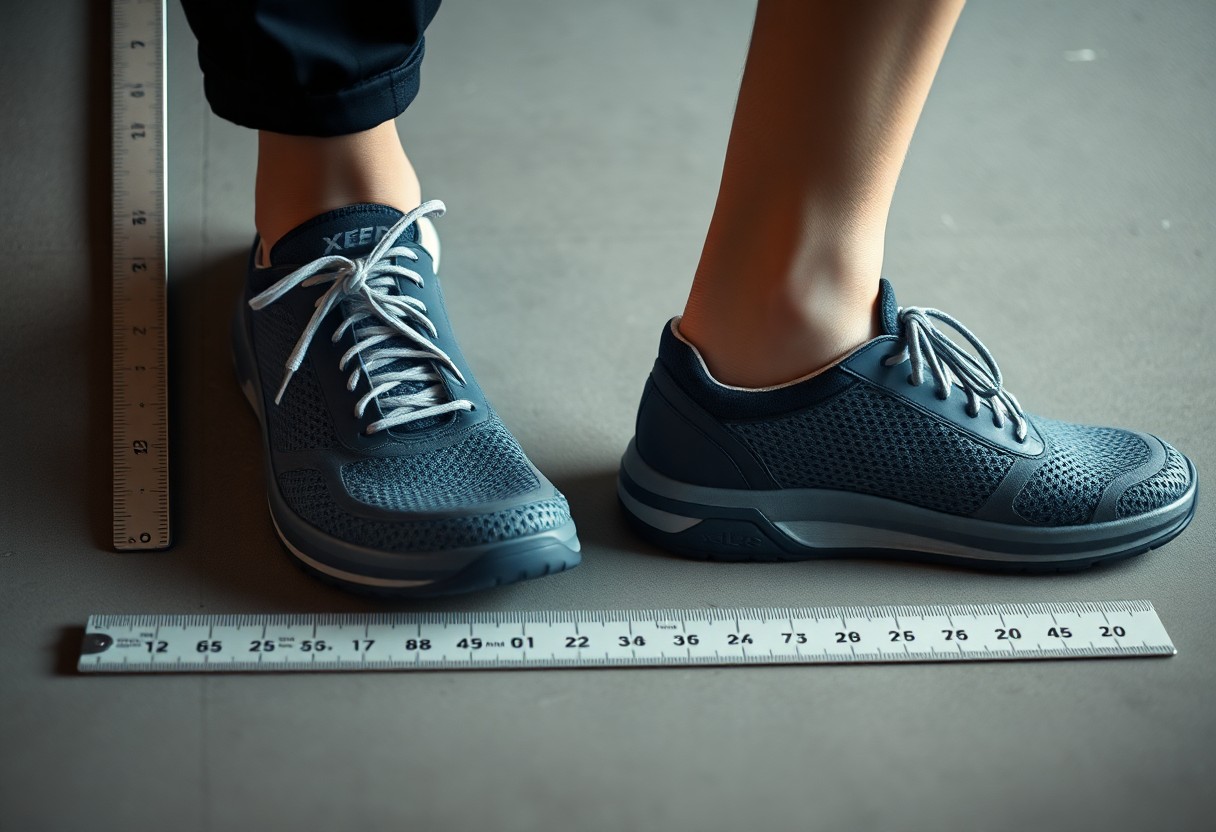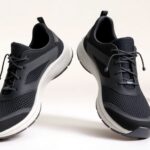
Choosing the ideal footwear is a pivotal decision, and size is a key element, especially when considering Xero Shoes. To ensure optimal comfort and support for your feet, it is essential to thoroughly grasp how Xero Shoes fit, including the specifications of their toe box dimensions and the implications of any fitting discrepancies. This understanding is particularly crucial for individuals with specific foot conditions, who may find that a wider fit greatly enhances their comfort. By delving into the specifics of sizing, you will be better equipped to make an informed decision tailored to your feet, ensuring both comfort and optimal foot health.

Discovering User Expectations for an Ideal Fit with Xero Shoes
As potential users look into Xero Shoes, they often seek a fit that promotes natural foot movement while allowing sufficient room for toe splay. Many customers desire footwear that accommodates the unique contours of their feet, particularly if they have wider feet or high arches. Achieving a comfortable fit is not merely a matter of preference; it can significantly enhance overall performance, while also reducing the likelihood of developing blisters or experiencing discomfort during extended wear. Consequently, understanding the relationship between fit and foot health is essential for any prospective buyer.
Clarifying Common Misconceptions About Fit in Xero Shoes
There are numerous misconceptions regarding the fit of Xero Shoes that are prevalent among potential buyers. Some individuals mistakenly believe that these shoes are exclusively designed for narrow feet, overlooking the fact that they feature a wider toe box intended to facilitate natural toe splay. Additionally, there is considerable confusion surrounding sizing, with many individuals questioning whether they should select a size larger or smaller than their usual footwear, which can lead to further complications during the fitting process.
In-Depth Analysis of User Experiences Related to Fit
Feedback from users of Xero Shoes often presents a mix of satisfaction and challenges concerning sizing. Many commend the shoes for their generous toe box and overall comfort, especially when transitioning from more traditional footwear. Nevertheless, some users raise concerns about inconsistencies in sizing, particularly with specific models such as the Mesa Trail, where an alarming 18% mismatch in sizing has been reported. This inconsistency is primarily attributed to variations in arch height, highlighting the need for prospective buyers to consider their unique foot shape when choosing a model.
Further exploration of consumer reviews reveals a range of experiences regarding fit. Customers often note the improved mobility and stability provided by Xero Shoes, particularly on uneven terrain. A study supports this, indicating an 11% increase in toe movement compared to traditional footwear. However, users often experience differing sizes based on their individual foot shapes, resulting in a variety of perceptions about fit. This highlights the importance of understanding your specific foot dimensions when selecting the most suitable Xero Shoes for your activities.
Examining Foot Anatomy: How Width and Sizing Variability Affect Fit
The anatomy of your foot is a critical factor in determining the right shoe size and fit, particularly with specialised footwear such as Xero Shoes. Variations in foot width, especially in the toe box, can significantly impact both comfort and performance. Understanding how Xero Shoes accommodate different foot widths and sizing variations empowers you to make well-informed decisions regarding your footwear choices, ensuring the best possible fit and functionality.
Insights into Foot Anthropometry: A Detailed Comparison
A study involving 212 men diagnosed with diabetes revealed that their average forefoot width was 4.5 mm wider than that of healthy individuals. This finding underscores the necessity for broader toe boxes in therapeutic footwear, prompting brands like Xero Shoes to consider these anatomical variations in their designs, ensuring that they meet the needs of a diverse range of foot structures.
Identifying Sizing Discrepancies Across Different Xero Shoe Models
| Key Findings | Description |
|---|---|
| Width Requirements | Individuals with diabetes generally require a wider toe box, influencing their fit in Xero Shoes. |
| Toe Movement | Xero Shoes facilitate an 11% increase in toe splay compared to traditional footwear. |
| Model Consistency | 18% of reviews for the Mesa Trail model indicated inconsistencies in sizing. |
Exploring Sizing Inconsistencies Across Various Xero Shoe Models
Discrepancies in sizing across different Xero models can have a significant impact on your overall satisfaction with the fit. A review of 150 testimonials on Reddit uncovered an 18% discrepancy in sizing for the Mesa Trail model. Many users attributed this issue to variations in instep height, suggesting that while the overall design aims for a more flexible fit, individual foot shapes can lead to unexpected sizing outcomes. Gaining insights from user experiences can guide you toward selecting the pair that best aligns with your specific foot profile.

Maximising Comfort and Performance Through Optimal Toe Splay
Toe splay is a crucial aspect that significantly impacts your overall comfort and performance when wearing Xero Shoes. Proper toe alignment not only enhances balance but also enables efficient power transfer with each step you take. In contrast, traditional footwear often restricts toe movement, potentially hindering your natural gait and adversely affecting your foot health. Understanding how toe splay interacts with your choice of footwear can greatly enhance your walking or running experience, ensuring enduring comfort throughout your activities.
Investigating Toe Movement in Minimalist Footwear
Minimalist footwear, including Xero Shoes, allows your toes to move freely and spread naturally. This freedom of movement is essential as it promotes better biomechanics and enables full engagement of your foot muscles. Unlike traditional shoes that limit toe splay, minimalist designs feature a wider toe box, ultimately improving the natural function of your foot and enhancing comfort during various activities.
Evaluating the Impact of Xero Shoes on Toe Splay Effectiveness
Research indicates that Xero Shoes can significantly enhance toe splay efficiency, offering approximately 11% greater toe mobility than conventional hiking footwear. This increased mobility contributes to improved stability and adaptability on uneven surfaces, making your movements more dynamic and responsive. In hiking or trail running contexts, enhanced toe splay can profoundly affect your overall performance. Improved toe mobility allows for more effective weight distribution and grip on diverse terrains, reducing the risk of blisters and enhancing balance. By accommodating the natural positioning of your toes, Xero Shoes alleviate discomfort often caused by cramped toe spaces found in conventional shoes. This combination of comfort and efficiency empowers you to navigate trails with greater confidence and reduced fatigue.
Aligning Shoe Sizing with Your Unique Physiological Needs
Aligning your shoe sizing with your physiological needs requires a comprehensive understanding of individual foot shapes and dynamics. Research shows a 4.5 mm increase in forefoot width among individuals with diabetes, indicating that many users may require wider toe boxes for optimal comfort and functionality. A proper fit encompasses not only length but also the natural splay of your toes. This knowledge drives brands like Xero Shoes to refine their sizing methodologies, ensuring better alignment of their footwear with a variety of foot structures.
Consumer Guidance Based on Foot Structure
Understanding your foot structure is pivotal when selecting Xero Shoes. If you have broader feet or a high arch, it may be beneficial to choose a larger size or explore models that are recognised for their wider toe boxes. Regularly measuring your foot’s width and length can greatly assist in identifying the best fit. Moreover, custom orthotics could enhance your overall experience by providing tailored support that complements the shoe’s design.
Integrating Consumer Feedback into Design Enhancements
Consumer feedback is instrumental in driving design improvements within the Xero Shoes range. By thoroughly analysing reviews and fit issues reported by users, the brand has successfully implemented significant changes. These enhancements include widening the toe boxes and addressing sizing discrepancies noted in models like the Mesa Trail, ensuring that customer feedback translates into better-fitting options for future releases.
Recent adjustments based on user insights involve increasing the space in the toe box to accommodate a diverse range of forefoot widths, thereby addressing the 18% sizing discrepancy identified in customer reviews. By concentrating on the needs highlighted by users, Xero Shoes assures that their designs not only enhance mobility—demonstrated by an 11% increase in toe movement on uneven terrain—but also provide a more precise fit across various foot types. This commitment to addressing consumer feedback guarantees that you will find a shoe that feels tailored to your unique needs, ultimately enhancing both comfort and performance.

Envisioning the Future of Footwear Sizing and Innovative Design
The evolution of shoe sizing and design increasingly emphasises inclusivity and personalisation, highlighting the necessity of accommodating a wide spectrum of foot shapes and sizes. Innovations in materials and construction techniques enable brands to develop footwear that not only fits well but also enhances both performance and comfort. As consumer expectations evolve, manufacturers are prioritising the bridging of traditional sizing standards with the unique anthropometric needs of their users.
Progressive Approaches to Footwear Fit: Meeting Evolving Consumer Expectations
Customisable features and broader toe boxes are becoming more commonplace among footwear brands, particularly in response to consumer feedback regarding comfort and fit. As studies reveal that individuals often require additional room in the toe area—especially those with wider feet—brands like Xero Shoes are adjusting their designs to cater to these specific requirements. This evolution not only boosts user satisfaction but also promotes foot health by facilitating natural toe splay during movement.
Harnessing Technology for Tailored Shoe Solutions
Technological advancements are crucial for achieving personalised shoe solutions. Innovations such as 3D foot scanning provide consumers with highly tailored recommendations based on their unique foot measurements, which enhances fit accuracy. This is particularly important as even minor misalignments in shoe fit can lead to discomfort or injury.
3D foot scanning technologies allow for precise capturing of your foot's unique contours, revealing specific measurement variations that traditional sizing often overlooks. Brands are increasingly leveraging this data to create shoes that conform to your individual profile rather than adhering to a one-size-fits-all approach. Additionally, virtual fitting technologies can simulate how various models will fit, streamlining the process of selecting shoes that cater not only to your foot shape but also to your activity level and preferences. Consequently, the footwear industry is advancing towards a future where you can experience unparalleled comfort and support customised specifically for your needs.
Essential Insights on Xero Shoes Fit and Sizing
In light of this discussion, it is vital to recognise that Xero Shoes may fit differently for you compared to traditional footwear due to variations in toe box dimensions and potential sizing discrepancies. Research suggests that a wider toe splay is beneficial for maintaining foot health, especially for individuals with specific conditions such as diabetes. Considering that a multitude of users have reported mixed experiences regarding sizing, it is imperative to assess your foot's width and height to determine the best fit for your unique requirements.
The Article Are Xero Shoes True to Size? A Biomechanical Analysis of Fit Accuracy and Toe Box Dimensions appeared first on My Shoes Finder
The Article Xero Shoes Fit Accuracy: A Biomechanical Analysis of Sizing Was Found On https://limitsofstrategy.com







